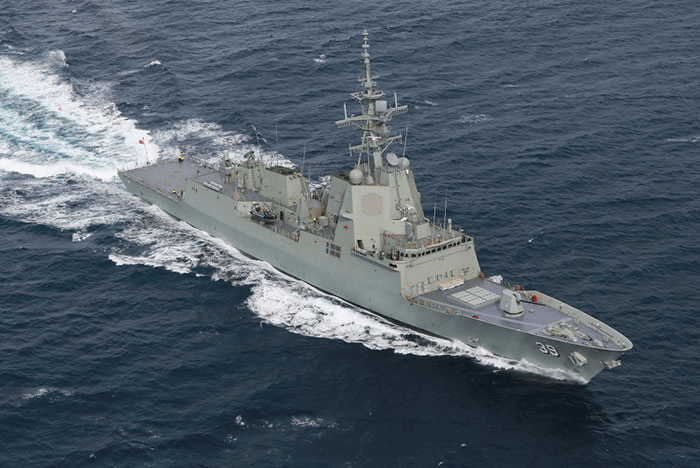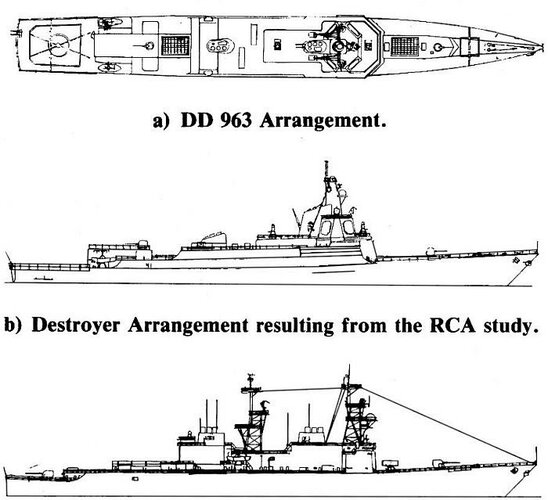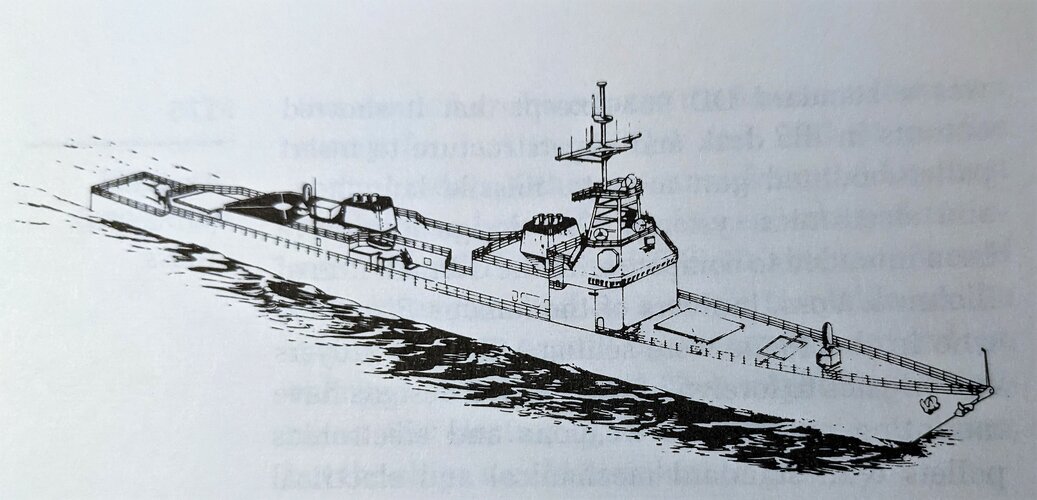Litton Industries (Ingalls Shipbuilding) produced a privately-funded design alternative for the DDX that it called DDM (Destroyer, Missiles) in 1980.
Link to US Destroyers: An Illustrated Design History by Norman Friedman:
http://books.google.com/books?id=Tzp58htKLkEC&pg=PA399&dq=Friedman+Destroyers+DDM
Link to US Destroyers: An Illustrated Design History by Norman Friedman:
http://books.google.com/books?id=Tzp58htKLkEC&pg=PA399&dq=Friedman+Destroyers+DDM





